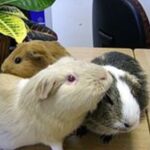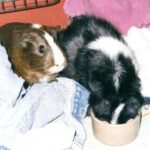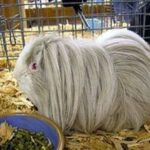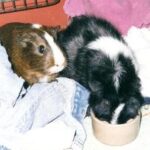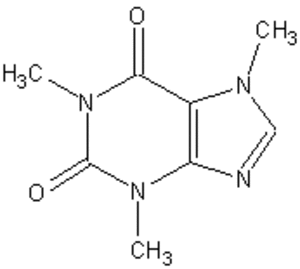Great children’s books can be used as an alternative or supplement to dry textbooks. Teachers in classrooms or home schools often organize learning in several subject areas around a topic to create what is called a unit study. Here are some of the best children’s books about animals, along with suggestions about incorporating the books into unit studies.
Sammy, the Classroom Guinea Pig by Alix Berenzy is a delightful story that works in factual information about guinea pig behavior and proper care of guinea pigs. Sammy is upset, and Ms. B and the children need to find out what is wrong. Is Sammy sick? Is he hurt? Is he frightened? Beautiful pastel and colored pencil illustrations give a realistic picture of a guinea pig. An appendix gives fun facts about guinea pigs, too. Add this book to your unit study of mammals, rodents, or pets. This is also a good book to read with children who think they want a pet guinea pig.
Stellaluna by Janell Cannon is a fantasy story about a lost fruit bat who is adopted by birds. In telling the story of Stellaluna’s journey back to her mother, the author includes facts about fruit bats: their diet, sleeping habits, and more. This sweet story of friendship and family would tie in with a unit study on mammals.
She’s Wearing a Dead Bird on Her Head is the story of two Boston cousins, Harriet Hemenway and Minna Hall, who set out to save the birds. Author Kathryn Lasky and illustrator David Catrow tell the story of the Bird Hat Campaign and the founding of The Audubon Society in Massachusetts. Children will enjoy the story, especially as Harriet and Minna go undercover to catch the people who run an illegal feather warehouse! This book is good for a unit study on birds, women’s suffrage, or the environment.
Using the books in a unit study
Besides reading the books as literature, the teacher may integrate science, writing, and art with a unit study. Students who see the illustrations in Sammy, for example, may try to draw their own guinea pig illustrations. Get some books on guinea pig care and discuss proper care of small mammals as pets. Learn about wild guinea pigs in South America and have the children locate on a map the mountainous areas where guinea pigs live. Let the children see photographs of the different types of guinea pigs and learn about the guinea pigs’ rodent relatives. Add mathematics to the mix by having students research the costs of housing and feeding a guinea pig.
If your unit study involves animals other than mammals or birds, ask your media specialist to help you find appropriate literature. If you home school, go to a public library with a children’s librarian on staff. Enjoy watching your students discover great literature, science, and more while exploring some of the fascinating creatures with which we share our world.
References:
Berenzy, A. (2005). Sammy, the classroom guinea pig. New York: Henry Holt and Company.
Cannon, J. (1993). Stellaluna. New York: Harcourt Brace & Company.
Lasky, K. (1995). She’s wearing a dead bird on her head. New York: Hyperion Books for Children.
